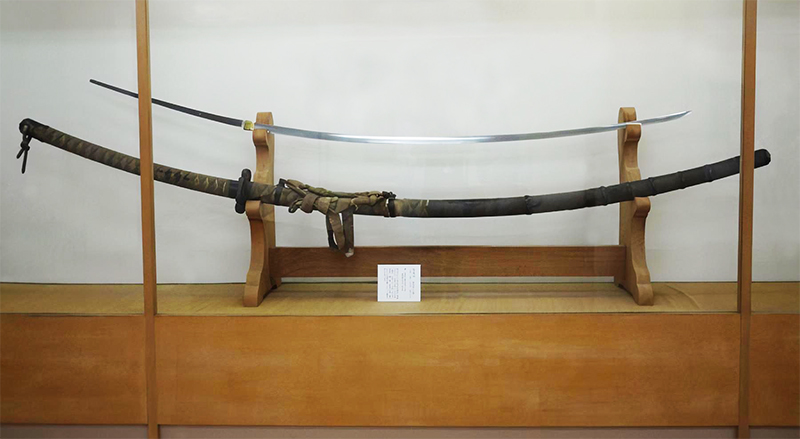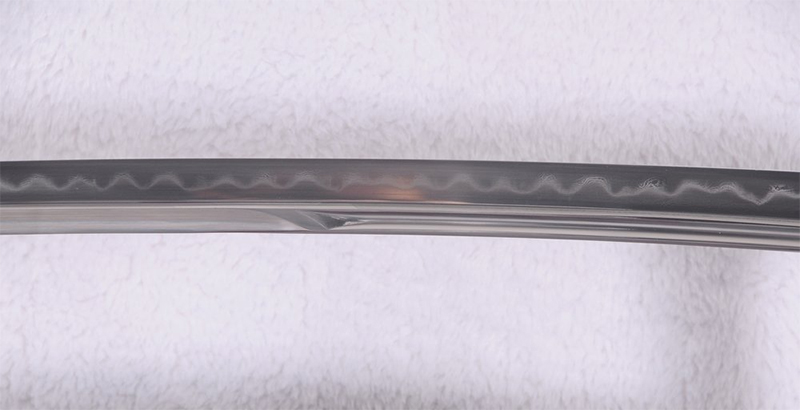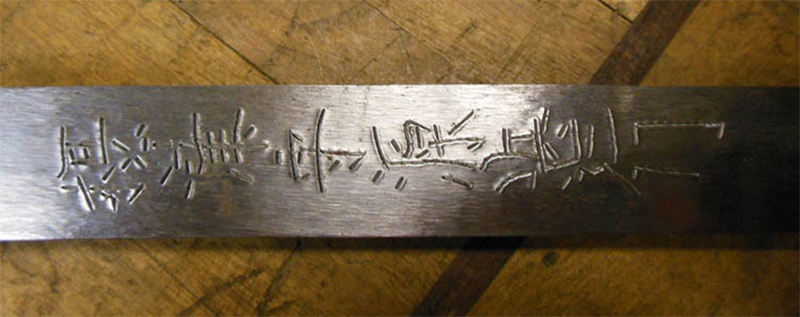Some things you don’t know about traditional Japanese swords

Japan has a long history of swordsmanship, which can be traced back several centuries. During the period of feudal rule, swordsmanship gradually improved, and swords became stronger and stronger. Today, Japan is considered a leader in the manufacture of global swordsmiths. In this article, we will explore some interesting facts about traditional Japanese swords that you may not know.
1) Swords First Appeared During the Jokoto Period
No one knows when the first sword was made in Japan, but historians say it most likely occurred in the country's Jokoto period. The ancient age of the city refers to the ancient times until 900 AD. Of course, these are different from the high-quality katana and wakizashi you see today. Instead, they are primary swords composed of stone blades, bone fragments, and other natural resources.
2) Odachi is the largest Japanese sword

The average blade length is 3 feet, about 35 inches, and it is the largest traditional sword in Japan. Like the katana, it is mainly used as a weapon of the samurai. However, when the samurai prayed before entering the battle, odachi was also used as an offering. The long blade of the Taichi sword made it difficult to use, leading to its gradual decline in the following years.
3) Decorate traditional Japanese swords
Although there are exceptions, most traditional Japanese swords are decorated on the blade. After forging the blade, the knifemaker will cut intricate patterns on the blade. The tangs, hilts and other parts of the sword are also decorated, all of which are strictly for aesthetic purposes. This is one of the reasons why Japanese swords are superior to swords from other regions.
4) Blood tank reduces blade weight

When looking at examples of traditional Japanese swords, you may find many dents extending along the length of the blade. These grooves are called blood grooves and are designed to reduce the weight of the blade. By removing a small amount of metal from the blade, the sword becomes lighter and easier for the samurai to handle.
5) A Special Person Polished Them
The Bladesmith did not polish the sword he created. Instead, he delegated this task to others. This person called tohishi devoted hundreds of hours to polishing the blade. This is a meticulous task, resulting in a cleaner and more complete sword.
6) The Bladesmith Signed Them

The Bladesmith usually signs the sword after making the sword. On the handle of the sword, the Bladesmith will engrave his name so that others can see who created it. Because of this historical value and significance, traditional Japanese swords with authentic and authentic signatures on Tang swords are highly sought after by collectors.
Discover the many attractive options available for Katana swords and custom swords.
Want a unique sword? Feel free to contact us:
Phone: 086 13739276006
Email: [email protected]
Website: www.hanbonforge.com
Custom Sword Page: www.hanbonforge.com/CUSTOM-SWORDS/Custom-Your-Own-Swords

Leave a Comment